When I first started into the Minolta Maxxum system, my first two lenses were zooms, the iconic duo of f/4 classics, the 35-70mm and 70-210mm. A trip to Burlington Camera yielded a couple of prime lenses that would be perfect additions to my kit; they were the classic 50mm f/1.7 and the lens I’m reviewing today the 28mm f/2.8. The Maxxum 28/2.8 is a great lens and a perfect fit. Doesn’t take too much space. It is close to the same size as the 50 and even the 35-70 and is my favourite prime lens for my Maxxum 9 system without a 35mm prime. And while I do enjoy that lovely 35mm focal length that may not always be wide enough for what I wanted to shoot and not fast enough for all situations.
Lens Specifications
Make: Minolta
Model: Maxxum AF 28mm 1:2.8
Focal Length: 28mm
Focal Range: ∞ – 0.31m
Aperture: f/2.8 – f/22, 7 Blades
Structure: 5 Elements in 5 Groups
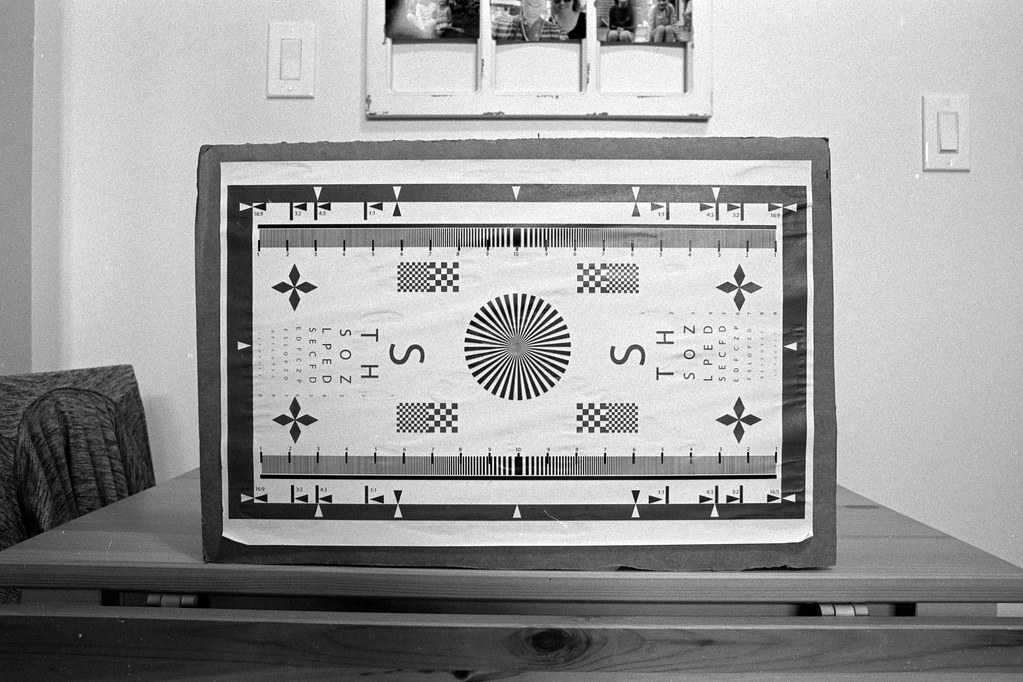
Minolta Maxxum 9 – Minolta Maxxum AF 28mm 1:2.8 – Kodak TMax 400 @ ASA-400 – FA-1027 (1+9) 8:00 @ 20C
Build Quality
Like any Maxxum lens, the focus of the outer shell is plastic, including the filter ring. However, the internals and lens mount are constructed of metal. The filter ring is 49mm making it the same diameter as other prime lenses from this first generation of Maxxum glass and giving it a good balance between durability and lightweight. And the lens fits nicely on any Maxxum body without adding additional weight, working well on the original 7000 up to the 9. Given that the lens is designed specifically for autofocus cameras, the focusing ring is small and easily overlooked, being at the front of the lens. If you’re used to lenses with a bit more space, it can be hard to manipulate. It seems a bit inconsistent given that it spins relatively fast in manual mode, making it suitable for gross adjustments while finer work can prove challenging. At least there’s a decent and easily read focus scale on the lens. The one nice feature is the built-in sliding lens hood, although I’ve found that it’s not entirely required as I don’t see that the lens flares too much.

Minolta Maxxum 9 – Minolta Maxxum AF 28mm 1:2.8 – Kodak TMax 400 @ ASA-400 – FA-1027 (1+9) 8:00 @ 20C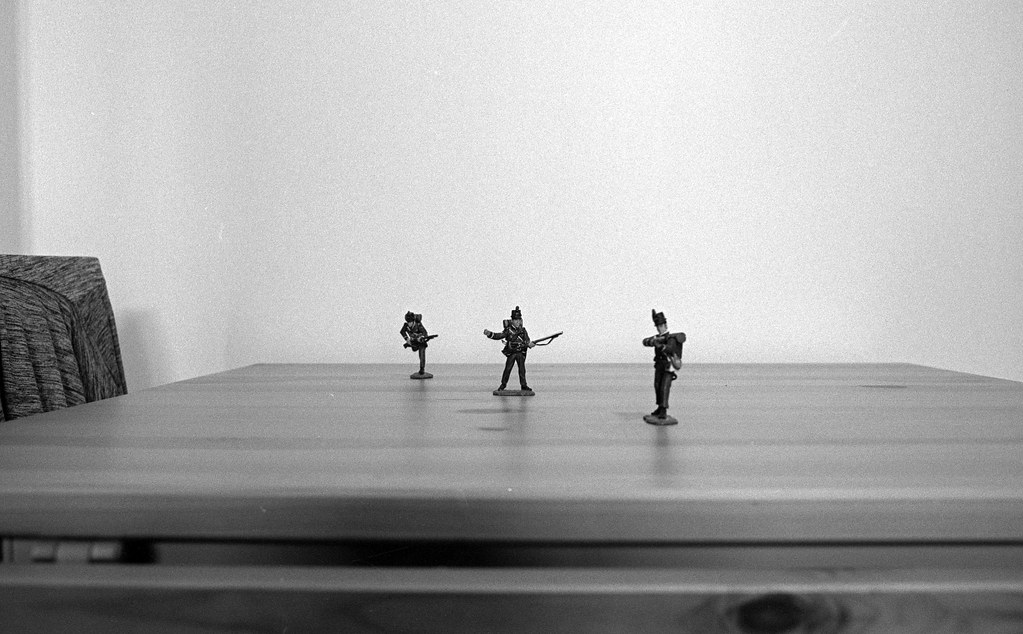
Minolta Maxxum 9 – Minolta Maxxum AF 28mm 1:2.8 – Kodak TMax 400 @ ASA-400 – FA-1027 (1+9) 8:00 @ 20C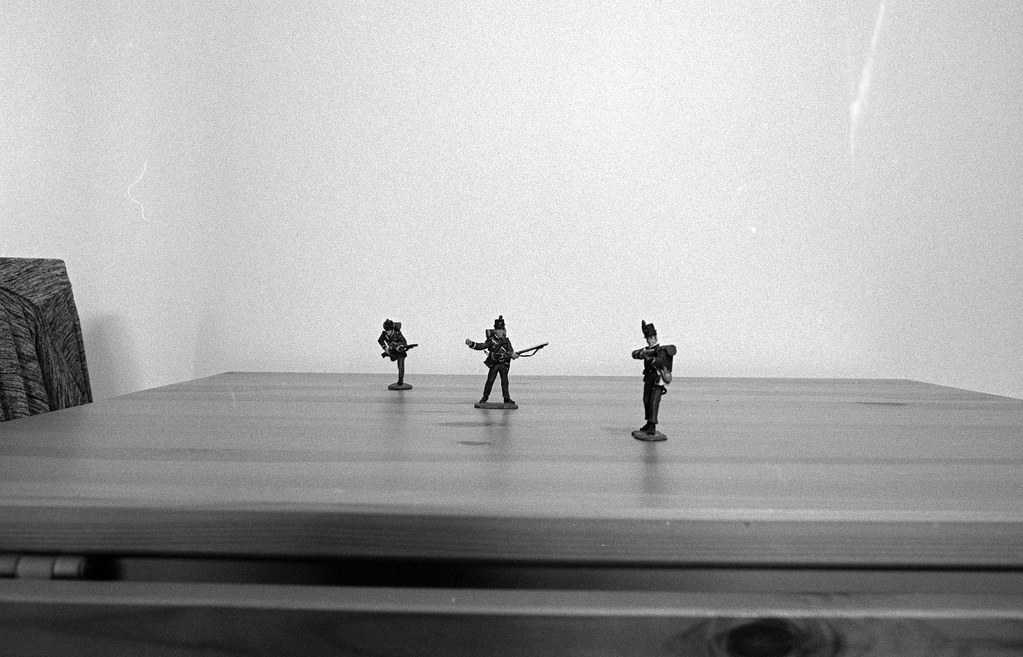
Minolta Maxxum 9 – Minolta Maxxum AF 28mm 1:2.8 – Kodak TMax 400 @ ASA-400 – FA-1027 (1+9) 8:00 @ 20C
Minolta Maxxum 9 – Minolta Maxxum AF 28mm 1:2.8 – Kodak TMax 400 @ ASA-400 – FA-1027 (1+9) 8:00 @ 20C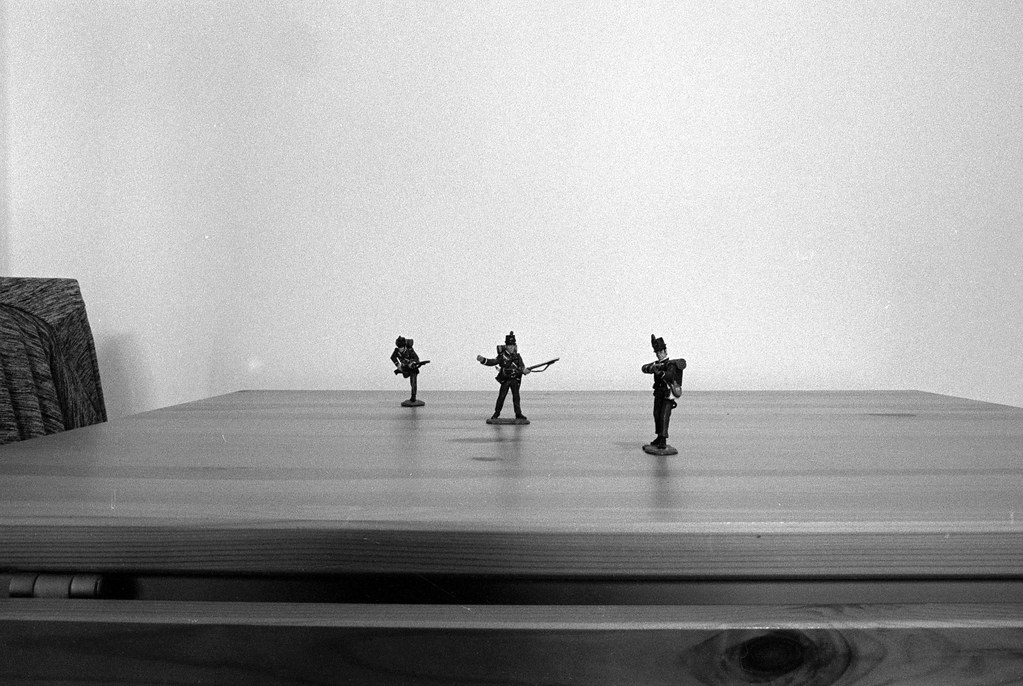
Minolta Maxxum 9 – Minolta Maxxum AF 28mm 1:2.8 – Kodak TMax 400 @ ASA-400 – FA-1027 (1+9) 8:00 @ 20C
Image Quality
While not perfect by any means, the Maxxum 28/2.8 is undoubtedly a solid performer in the image quality area. The first thing that I noticed is that despite being an f/2.8 lens when you’re shooting wide open, there is a little bit of fall off and vignetting at the edges and corners, but nothing overly serious and when you start to stop down, it is all but gone at f/4 and entirely gone at f/5.6. At f/5.6, you have some excellent depth of field and subject separation, and that depth of field only increases as you stop further down. And by the time you hit f/22, you have your entire scene in focus. The main issue with the lens is a tendency for distortion with close subject matters. I noticed that straight lines tend to bow horizontally and vertically when shooting in confined areas or close focusing. Other than that, I find that the lens is excellent, but nothing special, no real character. It renders the out-of-focus elements smoothly but nothing out of the ordinary. It produces beautifully sharp images starting at f/5.6 and extending out to f/22.
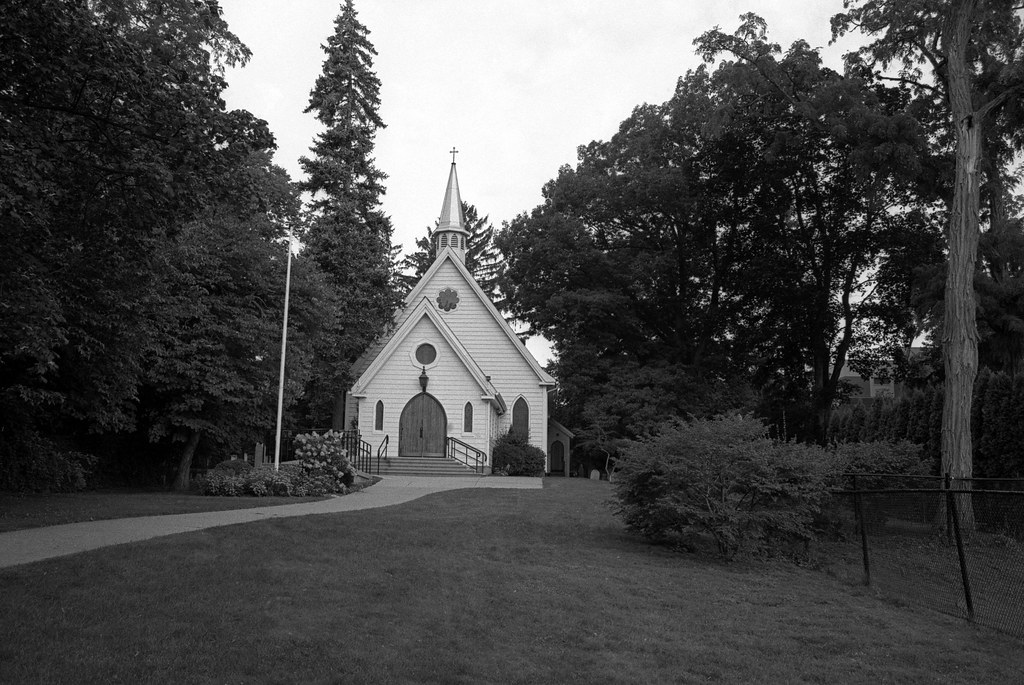
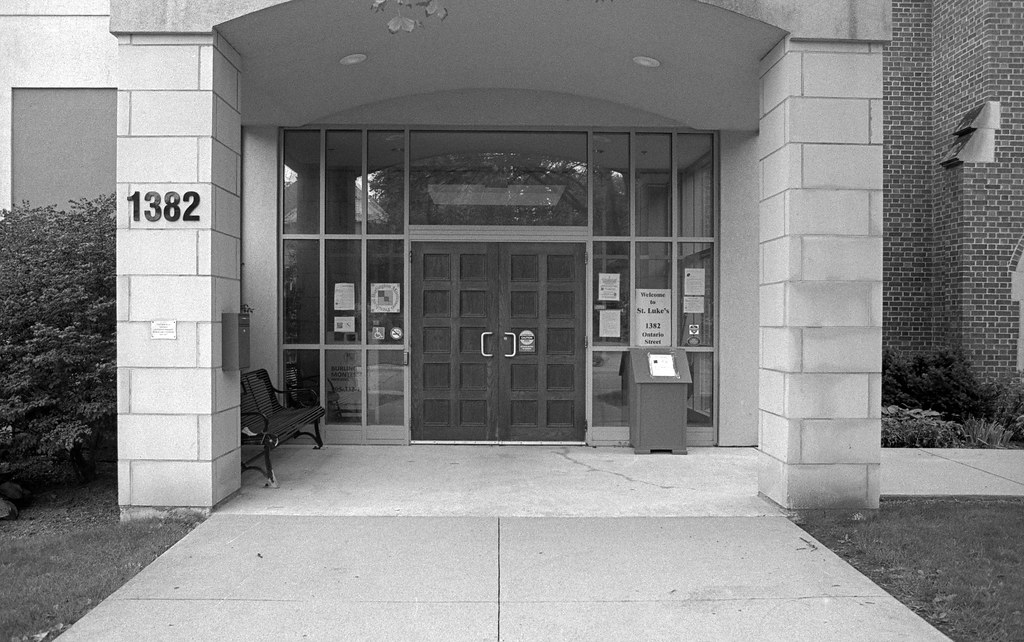

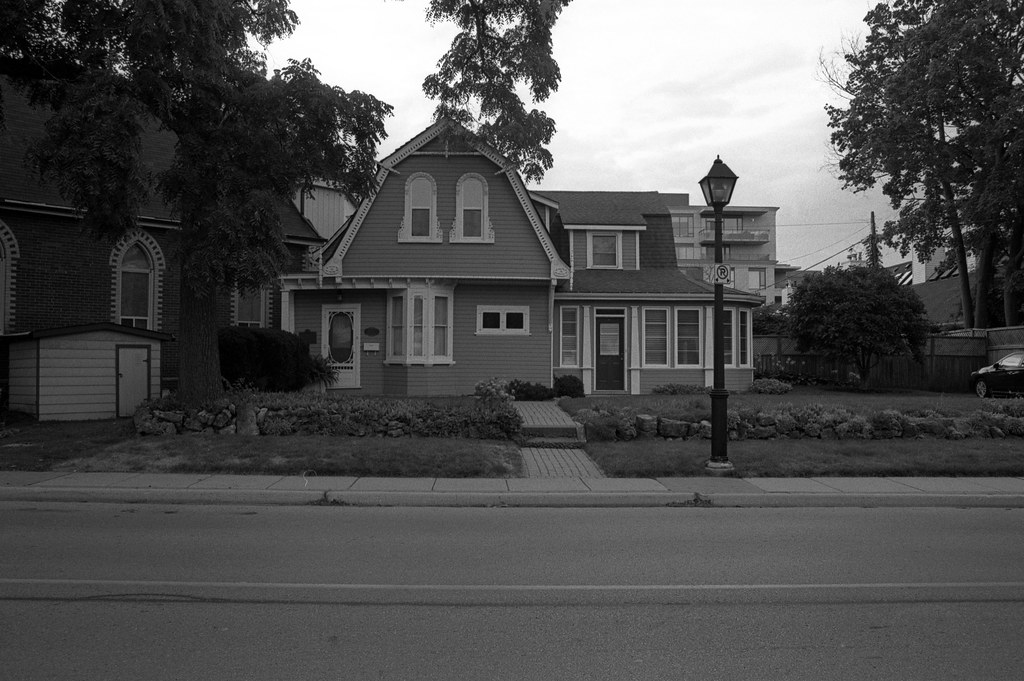

Applications
I picked up this lens because I needed something more comprehensive and faster than the 35-70mm f/4, and this one certainly fits the bill, and it proved more critical and valuable than the 50mm f/1.7. Great for landscape work and cityscape work, and being able to stop down to f/22 ensures that you can get the whole scene in focus (when appropriately focused). When it comes to architectural work, I will not rate this lens as the best choice, but if you have enough distance and not shooting in a confined space, it’s okay, but as soon as you’re getting into those narrow areas, that distortion could be a distraction. This lens is also excellent for working indoors when you have to get the whole group into the frame and keep everyone in focus, and as long as you have everyone on a single or narrow focal plane, you can shoot at f/5.6-f/8 have everyone in focus.





The Low Down
Despite the problems, I like this lens. The Maxxum 28/2.8 rarely leaves my camera body when I want to take it out and shoot, mainly when I don’t want to lug around the 28-135/4-4.5 and need those extra stops if the lighting is in question. In the used market, this lens is incredibly affordable. You can find them between 60 to 100 dollars, with outliers on the low and high end. But try and stick to the middle range of 70-80 dollars to get a good model. And being that it is an A-Mount lens, it will also work flawlessly on Sony DSLR cameras.
Further Reading
Don’t just take my view on the Maxxum 28/2.8; check out these other reviews.
Kurt Munger – Minolta AF 28mm f/2.8 Review
Dynux – Minolta AF 28mm F2.8 A-mount lens reviews
Imaging Resource – Konica Minolta 28mm f/2.8 AF
DPReview – Minolta AF 28mm f/2.8 – Not as bad as you might think.
